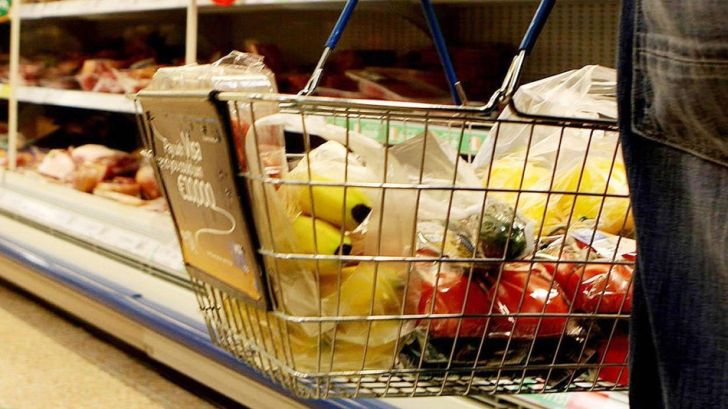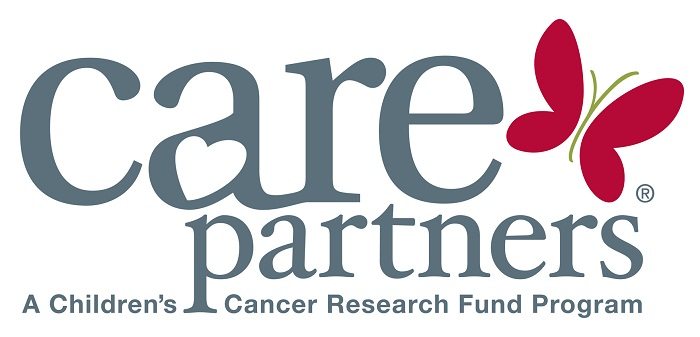Low-income families may need help to pay for groceries, meals, or food for their families or themselves. However, there are several states, local, the federal government, as well as charities, churches, and non-profit organizations that offer free groceries for low-income families who cannot afford it.
Government free food programs for low-income families
Many distribution programs provide free groceries for low-income families. They usually offer these free stuff to households with children or senior citizens. Or else, assistance may also be provided by non-profit organizations by giving meal services to low-income people. Here we have made a list of these programs that offer free groceries for low-income families:
Supplemental Nutrition Assistance Program (SNAP) –
This is one of the best and primary food assistance programs, which is funded by the federal government. There are millions of people who are currently availing it. This program was earlier known as Food Stamps but then was renamed as SNAP.
Every year, more than a million individuals living in poverty seek for this program as it is the main USDA hunger prevention program. However, several conditions need to be qualified to avail of the SNAP benefits. Some of these conditions are –
- People applying for the program must be non-disabled and between the ages of 18 and 60.
- They first have to apply for a Social Security number, and the applicant either must be a U.S. citizen, U.S. national, an American Indian born in Canada or Mexico, or else must have status as a qualified alien.
- Those who are applying must have a limited income and not many assets or resources in their name.
Special Supplemental Nutrition Program (WIC) –
A federal government assistance program, providing food and nutritional products that are important for low-income pregnant women, newborns, postpartum and infants, and children up to five years of age. Along with this, the program also offers nutrition education for a better and healthy living.
Administered by the Department of Agriculture, the WIC program (https://www.needhelppayingbills.com/html/apply_for_wic.html) has eligibility criteria based on the applicant’s total household income. Along with that, the overall nutritional risk also matters, with instruction from a qualified doctor or health professional.
Nutrition Services Incentive Program (NSIP):
Formerly called the Nutrition Program for the Elderly (or NPE), NSIP is a food assistance program to help older people and senior citizens, ensuring they have the support that is required. The federal department of Health and Human Services runs this program, along with the help of state agencies. It is also a part of the Grants for State and Community Programs.
This program offers the elderly and senior American citizens with nutritious groceries stuff and free food. They provide clients of all incomes with a well balanced, cold or hot meals, once or more every day. This often includes a free lunch or dinner for almost five days a week to low-income families as well as senior citizens. In case it is possible, they also offer transportation assistance and home-delivered meals to elderly and senior citizens.
School Lunch and Breakfast Assistance Program:
This program provides food and meals to children studying in schools. Low-income children and students will get free meals or at a reduced price, provided by this federal government or any government-funded resources. Those whose families, having moderate incomes, may get reasonably priced meals. This makes sure that the program is not just for students that come from a household living in poverty.
Child and Adult Care Food Program:
Through this program, snacks, meals, and food are offered to children and infants. This distribution will happen in family day care homes, centers, and other health care locations across the states. Along with that, the program often supports adults and older adults who live in daycare situations or nursing homes.
Senior Farmers’ Market Nutrition Program:
Senior Farmers’ Market Nutrition Program is for low-income senior citizens, including those individuals who are at least 60 years old. They are provided with a grocery and food coupons throughout the harvest season.
The government will provide them with vouchers. People can exchange the vouchers for food, fruits, vegetables, dairy items, and other necessary items at community-supported agriculture programs as well as roadside stands.
Commodity Supplemental Food Programs (CSFP):
This federal government food assistance program is somewhat similar to WIC. However, it has an added benefit as women and children can also receive this program. Along with that, they give food assistance to seniors and people over 60 years. They also have free baby formulas for infants, and other resources as well as USDA commodity foods that help in improving the health and nutrition of individuals.
Feeding America BackPack:
Students can get free groceries, meals, snacks, and other food items from this excellent program that runs throughout the country. With no regard for their family income, students get all the necessary items at no cost. Also, food is provided discreetly and confidentially.
The students get a backpack full of groceries, healthy snacks, and food to have some nutrition during the weekend or a holiday break. The good thing is that their family can also receive items. The Feeding America program also offers items to the student during the weekends and holidays.
All you have to do is call on 800.771.2303 or visit their website.
The Emergency Food Assistance Program:
Each state receives surplus food from the federal government. After this, the state works with local food banks, churches, soup kitchens, pantries, charities, and non-profit organizations for distributing the items to those who are in need. All support provided as part of TEFAP is free, and you only need to make a call regarding the necessary arrangements.
The program is to feed older people, individuals with disabilities as well as needy children.
Summer Food Service Program:
This service offers free groceries, meals, snacks, and food for children in need when school is not in session. Funded by the United States Department of Agriculture (USDA), local churches, pantries, and non-profit organizations manage and run the program in the local areas. It is available in almost all states.
In a nutshell,
Various government programs offer free groceries for low-income families. The above list has some of the most common and widely used grants for free stuff, such as meals and groceries. For more information regarding these government food assistance programs, you can simply contact your local county benefit office.




